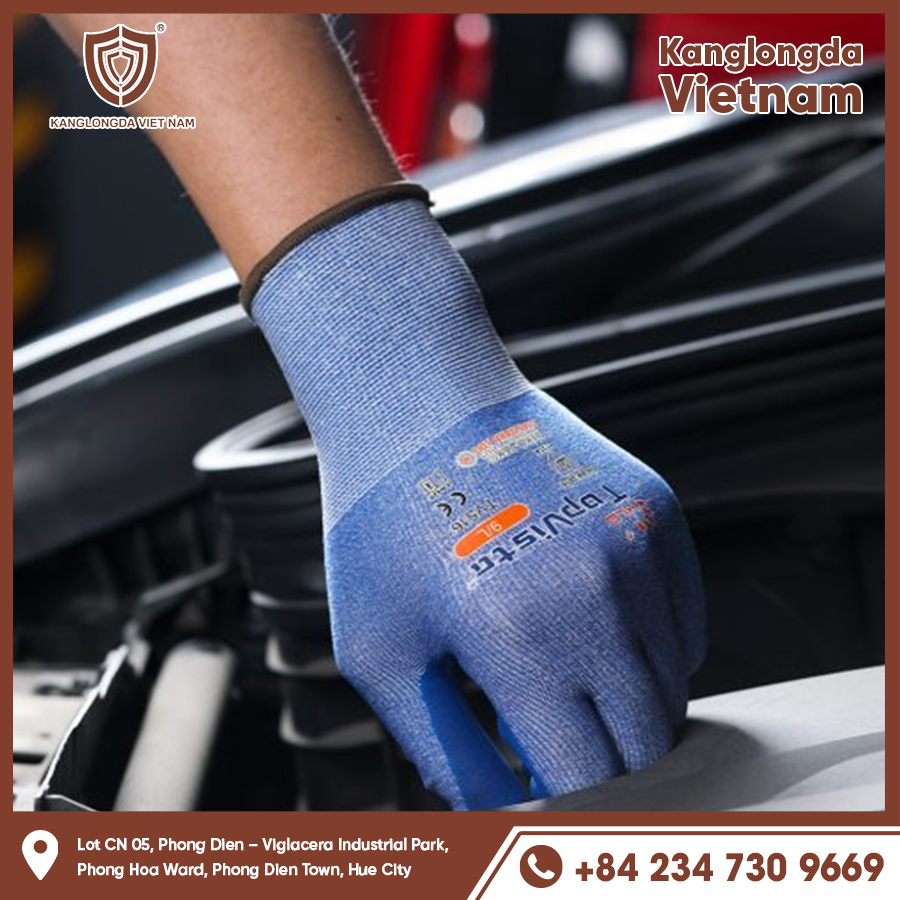Dishwashing gloves are an indispensable tool in kitchens worldwide, designed to protect hands from harsh detergents, hot water, and prolonged exposure to moisture. Whether you are a professional chef or cleaning up after dinner at home, the right dishwashing gloves enhance safety, hygiene, and comfort. This article explores everything you need to know about gloves, including their benefits, materials, how to choose the perfect pair, and tips for maintenance.

The Importance of Using Dishwashing Gloves
Protecting Skin from Harsh Chemicals
Dishwashing involves exposure to detergents and cleaning agents that often contain chemicals which can irritate or dry out the skin. Wearing dishwashing gloves creates a barrier that prevents these substances from coming into direct contact with your hands. This protection reduces the risk of dermatitis and allergic reactions, ensuring that your skin remains healthy even after frequent washing.
Preventing Heat Burns and Water Damage
Hot water is crucial for effective cleaning, especially for greasy or oily dishes. However, exposure to hot water can cause burns or dry, cracked skin. Dishwashing gloves help insulate hands from heat, making it safer to wash dishes at higher temperatures. Additionally, gloves prevent skin from becoming overly wrinkled or damaged due to prolonged soaking in water.
Improving Grip and Dexterity
Many dishwashing gloves come with textured surfaces on the palms and fingers that improve grip on wet or slippery dishes. This feature is especially helpful when handling delicate glassware or heavy pots and pans. With better grip and tactile sensitivity, dishwashing becomes safer and more efficient, reducing the chances of accidents and breakage.
Types and Materials of Dishwashing Gloves
Latex Gloves: Flexible but Potentially Allergenic
Latex dishwashing gloves are popular due to their flexibility and close fit, which allows for precise hand movements. They provide excellent protection against water and detergents. However, some people may experience allergic reactions to latex proteins, causing irritation or swelling. It is important to verify whether latex gloves are suitable for your skin type before purchasing.
Nitrile Gloves: Durable and Hypoallergenic
Nitrile dishwashing gloves are a synthetic alternative to latex that offers increased puncture resistance and chemical protection. They are ideal for users with latex allergies or sensitive skin. Nitrile gloves also tend to be more durable, making them a great choice for heavy-duty kitchen tasks. Their snug fit provides good dexterity without sacrificing safety.
Vinyl Gloves: Economical and Comfortable
Vinyl gloves are made from PVC and are usually more affordable than latex or nitrile options. They provide basic protection against water and mild detergents but may be less durable and less elastic. Vinyl gloves are suitable for light dishwashing tasks or infrequent use, though they may not offer the same level of protection for heavy-duty cleaning.
How to Choose the Right Dishwashing Gloves
Consider the Fit and Size
Choosing gloves that fit well is crucial for comfort and performance. Gloves that are too tight can restrict hand movement and cause discomfort, while loose gloves may slip off or reduce grip efficiency. Most brands offer sizing charts to help you select the perfect fit. Trying gloves on before purchase can ensure they conform well to your hand shape.
Evaluate Thickness and Length
Dishwashing gloves come in various thicknesses and lengths, each suited for different needs. Thicker gloves offer enhanced durability and protection, especially when working with harsh chemicals or rough scrubbing tools. Longer gloves that extend beyond the wrist provide additional coverage to protect forearms from splashes and prolonged moisture exposure.
Assess Grip and Texture Features
Look for gloves with textured surfaces on the fingers and palms to improve grip on wet or slippery dishes. Some gloves have raised dots or ridges to enhance tactile feedback. This feature is important for safely handling fragile items such as glassware or ceramics. A good grip also reduces hand fatigue and the risk of dropping objects.

Caring for and Maintaining Dishwashing Gloves
Proper Cleaning Techniques
After use, dishwashing gloves should be rinsed thoroughly with clean water to remove soap residue and food particles. For latex and nitrile gloves, washing with mild soap and water can help keep them fresh. Avoid using harsh chemicals or bleach on gloves, as these can degrade the material and shorten their lifespan.
Drying and Storage Tips
To prevent mold or bacterial growth, gloves must be dried completely before storage. It is best to turn them inside out and air dry both sides. Store gloves in a cool, dry place away from direct sunlight or heat sources to prevent cracking and degradation. Avoid folding gloves tightly or compressing them, as this can cause permanent damage.
When to Replace Dishwashing Gloves
Gloves should be replaced as soon as they show signs of wear such as holes, tears, thinning, or loss of elasticity. Frequent washing and exposure to hot water can weaken the material over time. Using damaged gloves defeats their purpose and may expose your hands to irritants or injury. Investing in high-quality gloves can extend replacement intervals.
Benefits of Using Dishwashing Gloves in Everyday Life
Enhancing Hygiene and Cleanliness
Dishwashing gloves help maintain better hygiene by creating a barrier against bacteria and food residues. They prevent cross-contamination, especially when washing raw meat or poultry utensils. Gloves can also protect against unpleasant odors and stains that might linger on the skin after washing.
Promoting Skin Health and Comfort
Regular exposure to water and cleaning chemicals can cause dry, cracked skin and irritation. Dishwashing gloves keep hands dry and reduce skin damage, allowing you to enjoy the benefits of frequent cleaning without discomfort. Many gloves also have soft linings that provide added comfort during prolonged use.
Increasing Efficiency in the Kitchen
With improved grip and protection, dishwashing gloves can speed up the cleaning process. They allow you to use hot water safely, scrub more effectively, and handle fragile items confidently. This efficiency not only saves time but also reduces frustration and accidents during kitchen chores.
Common Misconceptions about Dishwashing Gloves
Dishwashing Gloves Are Only for Professionals
While dishwashing gloves are essential in commercial kitchens, they are equally valuable for home use. Anyone who washes dishes regularly can benefit from the protection and comfort gloves provide. They are a practical solution for families, elderly individuals, and anyone with sensitive skin.
All Gloves Are the Same Quality
Not all dishwashing gloves are created equal. The materials, thickness, texture, and manufacturing quality can vary significantly. Investing in high-quality gloves from reputable brands ensures better durability, protection, and comfort. Cheaper gloves may wear out quickly and fail to protect your hands properly.
Wearing Gloves Is Uncomfortable and Restricts Movement
Modern dishwashing gloves are designed with ergonomics in mind. Advances in materials and design mean that gloves fit more naturally and allow for excellent dexterity. Many users find gloves comfortable once they get used to wearing them and appreciate the added safety and skin protection.

Using dishwashing gloves is essential for protecting your hands from harsh chemicals, hot water, and daily wear and tear. Choosing the right gloves based on material, fit, and texture ensures maximum comfort and durability. Proper care and timely replacement extend their lifespan and keep your hands healthy. Whether you’re a professional or simply want to make kitchen cleanup easier and safer, investing in quality dishwashing gloves is a smart decision that benefits your skin and overall hygiene. Embrace the use of gloves to transform a mundane task into a more comfortable and efficient experience.
Thời Gian Đăng: 30/05/2025






